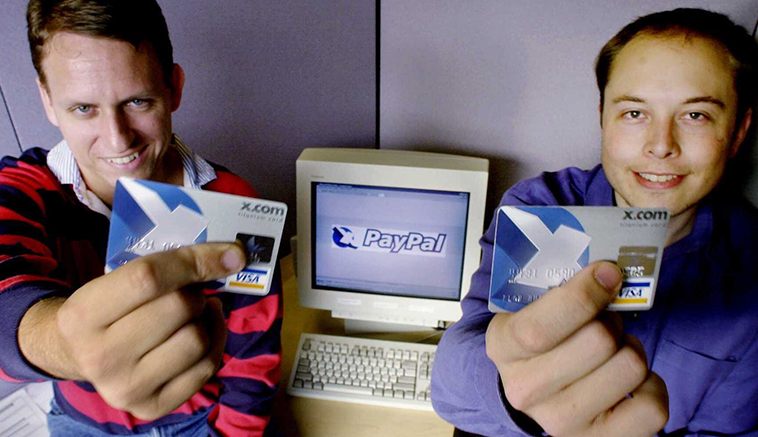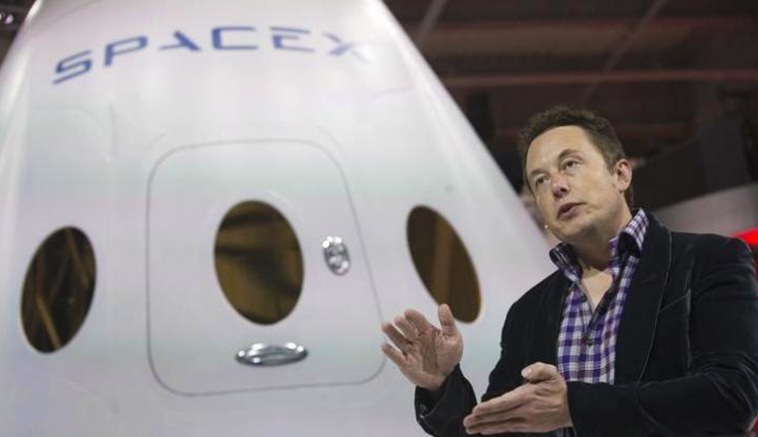Born in South Africa, in Pretoria in 1971, Elon Musk turned into a multimillionaire in his late 20s when he sold his new business, Zip2, to a division of Compaq Computers. He went through his initial adolescence with his sibling Kimbal and sister Tosca in South Africa, and at 10, the thoughtful Elon built up an enthusiasm for PCs. He dwells in Bel Air, Los Angeles, California, U.S.
His creations and business, wanders in brief:
Zip2

In 1995, Musk and his sibling, Kimbal, began Zip2, a web programming organization, with US$28,000 of their dad’s cash. The organization created and advertised an Internet “city guide” for the daily paper distributing industry. Musk acquired contracts with The New York Times and the Chicago Tribune and influenced the directorate to relinquish plans for a merger with CitySearch. Compaq gained Zip2 for US$307 million in trade and US$34 million out investment opportunities in February 1999. Musk got US$22 million for his 7% share from the deal.
X.com and PayPal

In March 1999, Musk co-founded X.com, an online financial services and e-mail payment company, with US$10 million from the offer of Zip2. After one year, the organization converged with Confinity, which had a cash exchange benefit called PayPal. The consolidated organization concentrated on the PayPal benefit and was renamed PayPal in 2001. PayPal’s initial development was driven for the most part by a viral showcasing effort where new clients were selected when they got cash through the administration. Musk was removed in October 2000 from his part as CEO (in spite of the fact that he stayed on the board) because of conflicts with other organization administration. In October 2002, PayPal was obtained by eBay for US$1.5 billion in stock, of which Musk got US$165 million.
SpaceX

In 2001, Musk conceptualized “Mars Oasis”; a venture to arrive a scaled down exploratory nursery on Mars, containing food crops growing on Martian regolith, in an attempt to regain public interest in space exploration. In October 2001, Musk made a trip to Moscow with Jim Cantrell (an aviation supplies fixer), and Adeo Ressi (his closest companion from school), to purchase repaired Dnepr Intercontinental ballistic rockets (ICBMs) that could send the imagined payloads into space.
Tesla

Tesla, Inc. was incorporated in July 2003 by Martin Eberhard and Marc Tarpenning, who financed the organization until the Series A series of subsidizing.
The two men assumed dynamic parts in the organization’s initial advancement before Elon Musk’s association. Musk drove the Series A round of investment in February 2004, joining Tesla’s top managerial staff as its director. Musk played a dynamic part in the organization and directed Roadster item plan at a nitty gritty level, however, was not profoundly associated with everyday business operations.
SolarCity

Musk gave the underlying idea and money related capital for SolarCity, which was then co-founded in 2006 by his cousins Lyndon and Peter Rive. SolarCity is currently the second biggest supplier of sun based power frameworks in the United States.
The fundamental inspiration for financing both SolarCity and Tesla is to help battle an unnatural weather change. In 2012, Musk reported that SolarCity and Tesla are working together to utilize electric vehicle batteries to smooth the effect of housetop sunlight based on the power framework, with the program going live in 2013.
Hyperloop

On August 12, 2013, Musk uncovered an idea for a rapid transportation framework consolidating diminished weight tubes in which pressurized containers ride on an air pad driven by linear induction motors and air compressors. Musk doled out twelve specialists from Tesla and SpaceX who labored for nine months, building up the reasonable establishments and making the plans for the transportation framework. An early plan for the framework was then distributed in a whitepaper presented on the Tesla and SpaceX online journals. The alpha plan was proposed to utilize partial vacuum to lessen aerodynamic drag, which it is speculated would allow for high-speed travel with relatively low power, with certain different highlights like air-bearing skis and a channel compressor to decrease air drag. The alpha plan reports assessed the aggregate cost of an LA-to-SF Hyperloop framework at US$6 billion, yet this sum is theoretical.
OpenAI

In December 2015, Elon Musk reported the formation of OpenAI, a not-for-profit artificial intelligence (AI) research company. OpenAI plans to create counterfeit general knowledge in a way that is protected and advantageous to mankind.
Neuralink

In 2016, Musk helped to establish Neuralink, a neurotechnology start-up business, to incorporate the human cerebrum with computerized reasoning. The organization, which is still in the soonest phases of presence, is focused on making gadgets that can be embedded in the human cerebrum, with the possible reason for helping people converge with programming and keep pace with headways in computerized reasoning. These upgrades could enhance memory or take into consideration more straightforward interfacing with figuring gadgets.


Be the first to comment on "Elon Musk; A Man with a Vision and on his Mission to Innovate and Help Mankind"